How to Learn Guitar Step by Step for Beginners!
This guide will take you from being an absolute beginner and take you beyond into at least an intermediate level.
If you follow these steps carefully you most likely could go semi-pro, or even to the professional level whereby you could start making money from it!
Even if you just want to play for fun and as a hobby, this guide can be for you. So what are we waiting for, let’s go!!
1. Buy The Right Guitar For You
When picking out the right guitar for you, this can be a very personal decision to make. Since I’m assuming you are a beginner, you may not know where to start. I would suggest starting with an acoustic guitar. However, that doesn’t mean that you can’t learn on an electric guitar. Certainly, you can!
If I was having a lesson with you, face to face, or online (especially these days), I would just suggest starting with a guitar that matches the sound you hear in your head. You may say, I don’t have the sound of a guitar in my head. Then I would say, what do you like to listen to? What get’s you excited? What made you want to pick up the guitar in the first place? Was it the sound of an acoustic being strummed or picked with or without singing? Was someone playing the instrument percussively? (If you don’t know what that means, we may get into that at a later date).

Or did you hear the sound of someone playing an awesome electric guitar solo, with screaming fans, etc!!
Whatever it was that got you excited about the guitar the first time, chase after that sound! You’re in the right place! Even if your not sure why you want to play guitar, you’re in the right place. We will start with your initial idea, inspiration, or just an inkling that your curious about whether guitar is right for you! We’re going to start with the basics and go from there! If you perservere and keep making small steps every day towards learning how to play guitar, one day you’ll realize that you suddenly can play some of your favorite songs, and the rest will be history!
2. Learn The Parts Of The Guitar
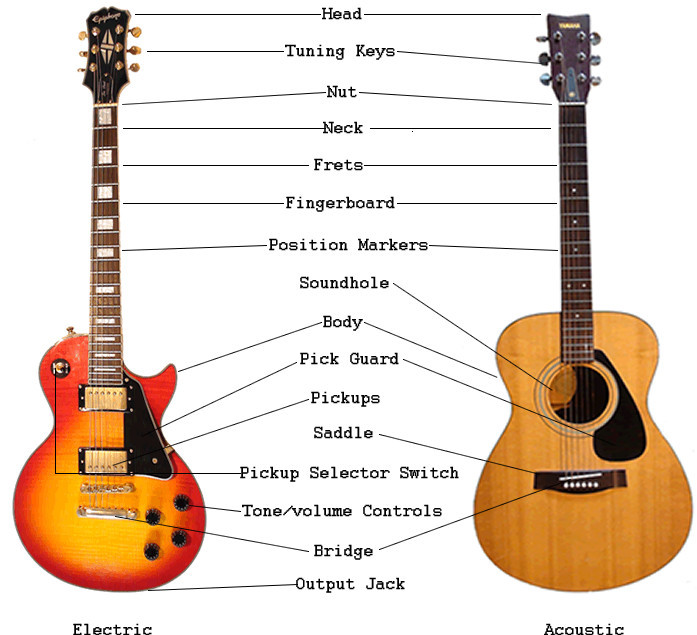
You may not think you need to learn the parts of the guitar, but trust me, it will help! When something goes wrong with your guitar, you’ll need to be able to desribe where the problem may be when you take it to a guitar shop to be repaired! There are some differences between the electric on the left and the acoustic on the right. Basically, the things that are common between each is that they both have a body, a neck, and a head(stock)… it’s like a person!
Both have a bridge and saddle, although the bridge/ saddle on an electric is a lot different. Other differences between the electric and the acoustic include the electronics that you find on the electric including output jack, tone/ volume controls, pickups & pickup selector switch, etc. Keep in mind, there are acoustic/ electric guitars that have electronic components built in also. I may go into more detail on that later!
3. Learn The Names Of The Strings
E A D G B E – low to high (from chin to floor)
Every Angry Dog Growls Barks and Eats
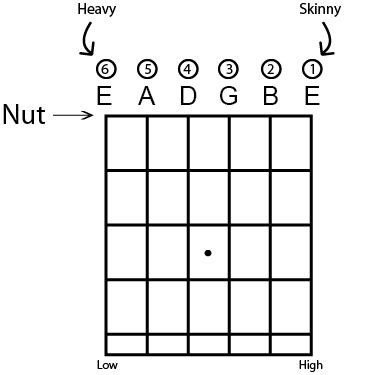
4. Learn How to Tune Your Guitar
How To Tune A Guitar
5. Learn how to hold your guitar properly
Ummm, not exactly what I was thinking but that’s cool…
Yeah it looks cool, but not neccesarily this ^^^ either!
Honestly, this ^^^ is how I hold the guitar most of the time!
However, to get the best results you should do the following:
1) Keep the neck of the guitar at 30-45% degree angle at a minimum.
2) Keep your back straight and don’t slouch.
3) Keep your wrist(s) as straight as possible with your thumb behind the neck point up!
4) Keep the guitar vertical (sound-hole facing away from you) on your lap whether on the left leg (classical position/ see below), or on the right leg (folk/rock style), not laying down flat.
5) Release all tension in your hands, and body, relax, don’t twist any part of your torso or body while holding the guitar.
6) If you need to look down to see what you’re doing, that’s fine, but look up frequently, don’t strain your neck!
Here is a pretty good article with much more good information to start with:
How To Hold A Guitar Properly
Here is a great website with some very good advice and it has GIFS (moving pictures), so you can really see clearly how to hold the guitar properly:
How To Hold A Guitar – Overall Good Practices
However, this one is truly best overall especially if you’d like to someday study guitar seriously, i.e. Classical Guitar:
How To Hold A Guitar Properly – Best Practices!
6. Learn Proper Guitar Technique
A. Always play on the tips of your fingers
B. Keep the wrist straight (as much as is possible)
C. Keep the thumb pointing towards the ceiling and on the back of the neck (at least in the beginning stages)
D. Each finger plays in one fret area at a time
E. Keep your fingers and picking/ strumming hand close to the strings at all times
F. Try to keep fingers from “flying off” the neck of the guitar
G. When practicing chords, make sure that each note comes out cleanly.
H. When switching chords look for pivot fingers or fingers that are in common between chords that you’re switching between. (For a better understanding of this idea, study the chord chart below).
7. Learn Easy Guitar Chords
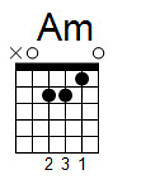
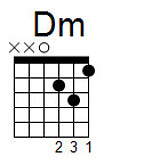
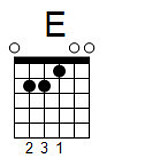
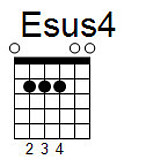
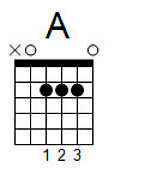
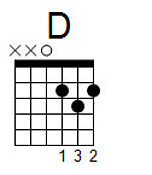
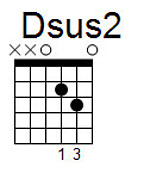
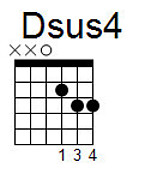
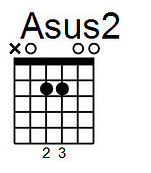
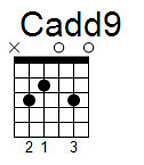
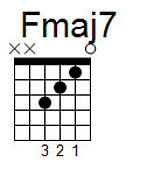
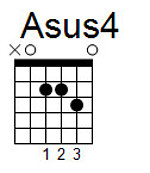
(note: this is by no means an exhaustive list of chords, just some useful ones)
For more information, please start here:
How to Play Easy Guitar Chords
8. Learn Strumming Patterns
I will have so many ideas towards this concept, but here is a great article that might really help:
Strumming Patterns
9. Learn Fingerpicking (optional)
Basic Fingerpicking Tutorial
10. Learn Easy Guitar Songs
Play Easy Guitar Songs Now!
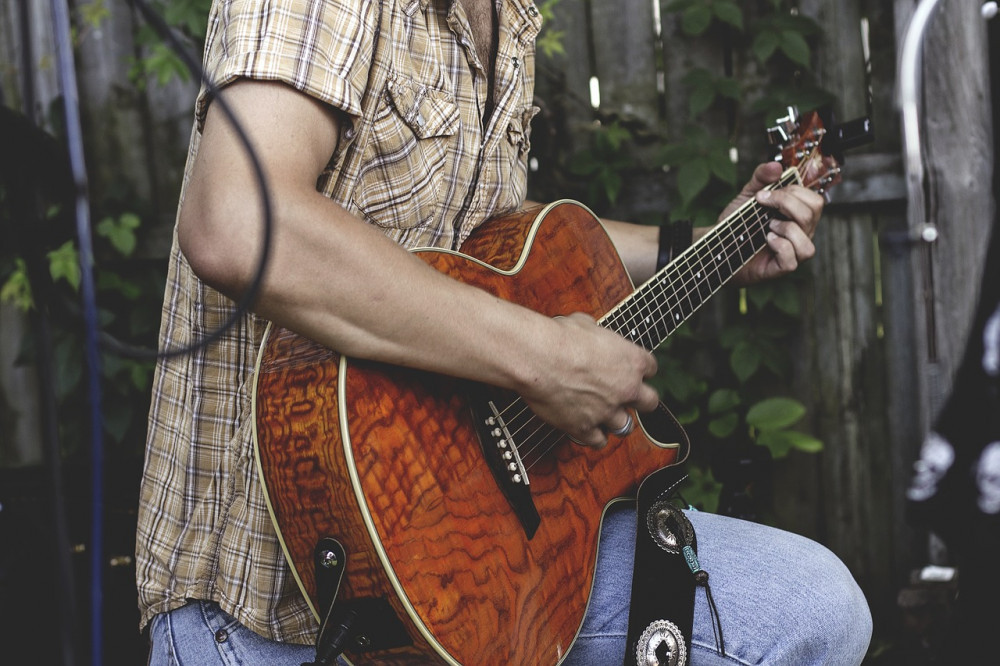
11. Learn The Notes On Guitar (optional)
Learn The Notes On The Guitar
12. Learn Guitar Scales
a. Pentatonic (Minor and Major)
b. Blues Scale
c. Diatonic
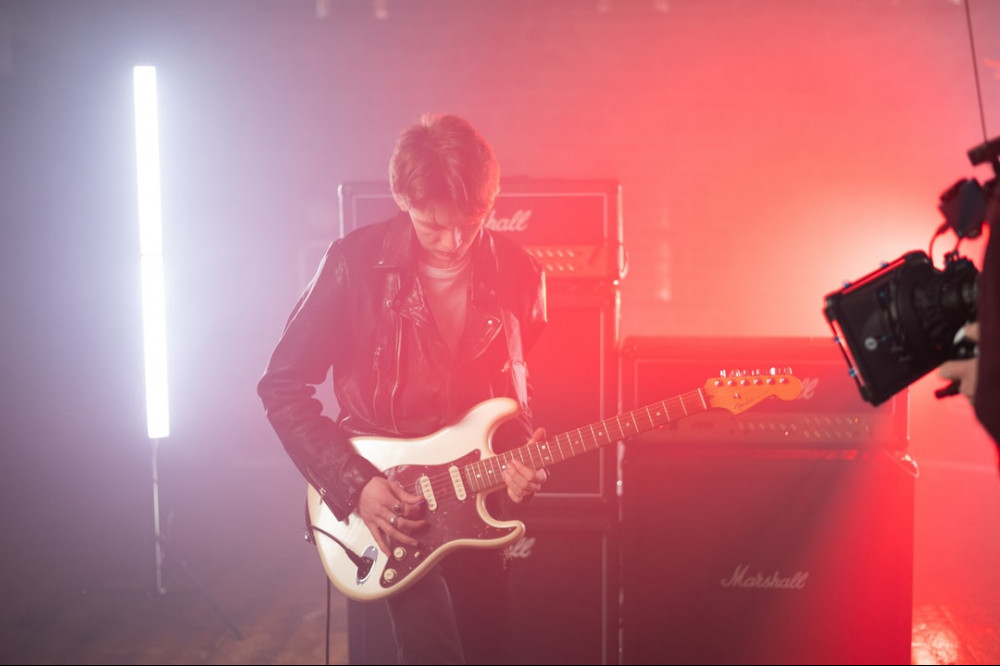
13. Learn, Study, and Practice Understanding Music Theory
14. Practice Ear Training
15. Write Songs (optional)
Conclusion
I know this a lot, but its do-able. I have experience with everyone of these steps, although I will admit, at the time I writte this, I need to “practice” songwriting more. Regardless, let me show you how to break these steps down into chunks that are more achievable and not as overwhelming as it may seem!
Everyone starts at steps 1, 2, and 3. After you’ve done those things, 4, 5, and 6 are foundational. Honestly, most people just focus on 7, 8, and 10. However, you’ll set yourself apart if you focus more on 4, 5, and 6 at least in the beginning, although focusing on no. 6 – building proper technique – will keep you busy for a long time, so don’t bogged down in it, just work on it at least a little every time you sit down.
Again no. 9 – fingerpicking/ finger-style guitar is optional but is a very popular choice these days. (I have a background in classical guitar). It’s not absolutely necessary that you learn it, but it can be great to learn, as you may run into songs that you want to play that use it. Many guitarists build their entire career on finger-style playing, i.e. Tommy Emmanuel, Chet Atkins, Paul Simon, Jeff Beck, Michael Hedges, Mark Knopfler, etc.
Optional Steps (If You Really Want To Be Pro)
11 is also optional, but if you want to a pro level player, it can be important. Yes there are many famous and amazing players who didn’t read music, but I’m positive that even if they didn’t know how to read music, they still knew what the sounds they were playing were called, i.e. chords and notes, etc. No. 11 – learning the notes on the guitar isn’t really the same thing as reading music, but it starts down that path.
By the way, reading real sheet music can be important for those who want to play Jazz Guitar, or Classical Guitar or who want to go to a music school like Berklee College of Music. It also is helpful for those who want to be session guitarists or play in musicals on Broadway, or even for high schools and colleges where ever you live. (Note those types of gigs pay really well, often better than bar gigs).
No. 12 – learning scales is also optional but is helpful if your serious, want to learn cool riffs, and especially if you want to learn guitar solos or take solos yourself (improvise).
No. 13 is also optional (see no. 11) for similar ideas since these two really go hand in hand. Again music theory is different than reading music, and I’m again very positive that artists like Jimi Hendrix, the Beatles, and Wes Montgomery knew music theory very well, even if they didn’t read sheet music.
The last two: 14 and 15 are very important, although again optional. 14 – is very important and often overlooked. It’s something that every musician that goes to music school learns (note: to audition at Berklee you need to have had some ear training because they will test you on it for your audition.) ALSO, all those musicians who you look up to who “don’t read sheet music” – guess what they are really good at doing?!
Pro players are good at hearing music and playing back what they hear, often for the first time with very few mistakes, if any. A trained ear is truly not just a gift of the few but it is a necessary and required skill of every musician regardless of what he/ she, etc. play. (note: there is a difference between perfect pitch and relative pitch). All great musicians have the second, but very few have the first.
Even though 15 is optional, it’s still very important especially if you want to stand above the crowd and have something special to add to the world. (We all have special gifts, but songwriting is a another that can be learned, but will set you apart from those who just learn other peoples’ songs).
Again, I know this is a lot, but break it down into small manageable chunks, and step by step you will learn to play guitar and be a great musician!!
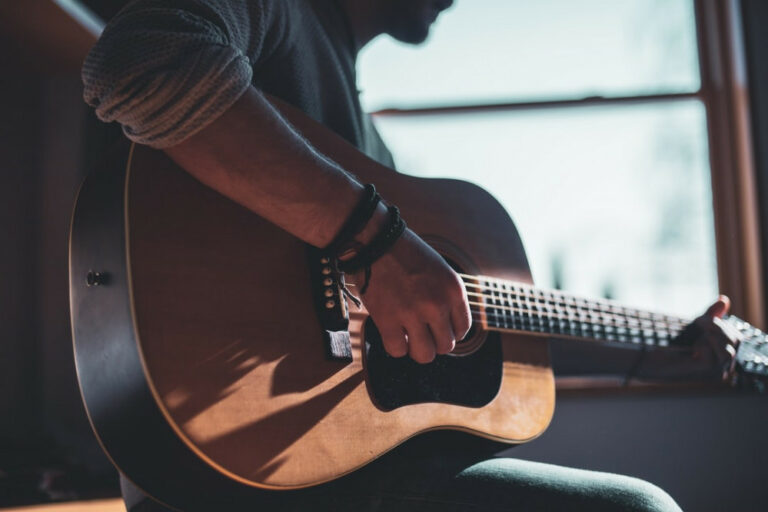

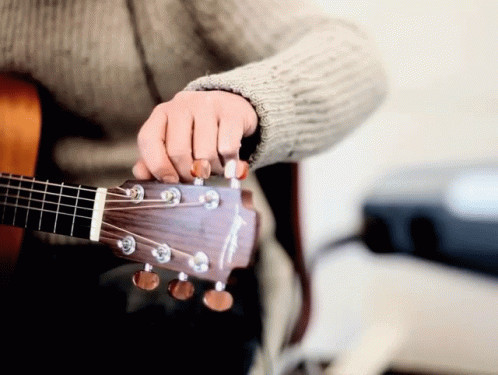




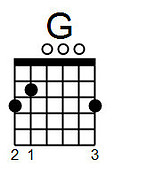
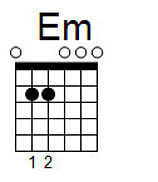
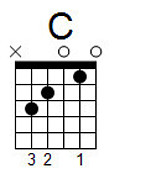
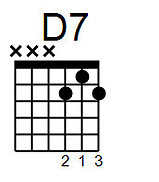
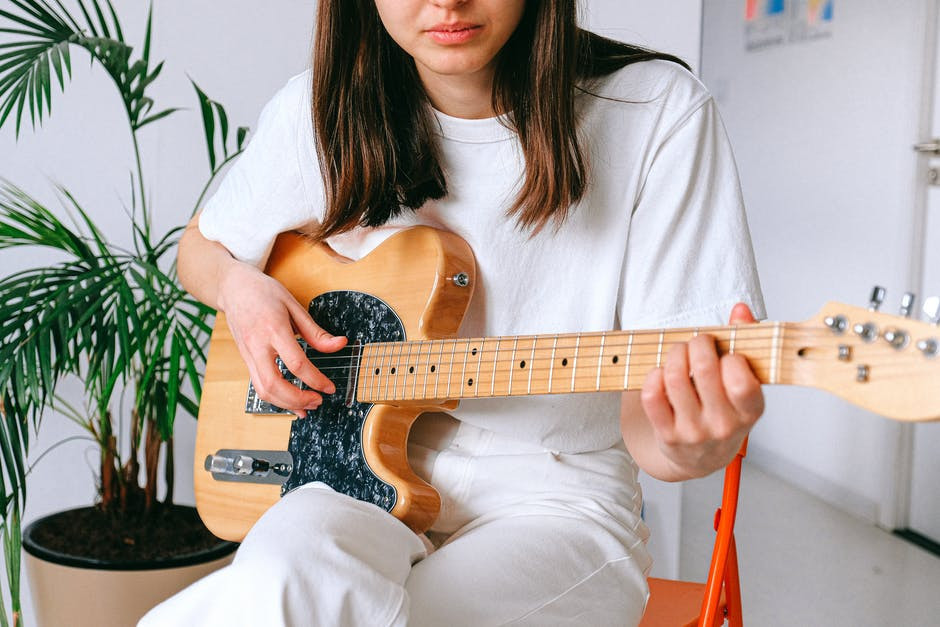
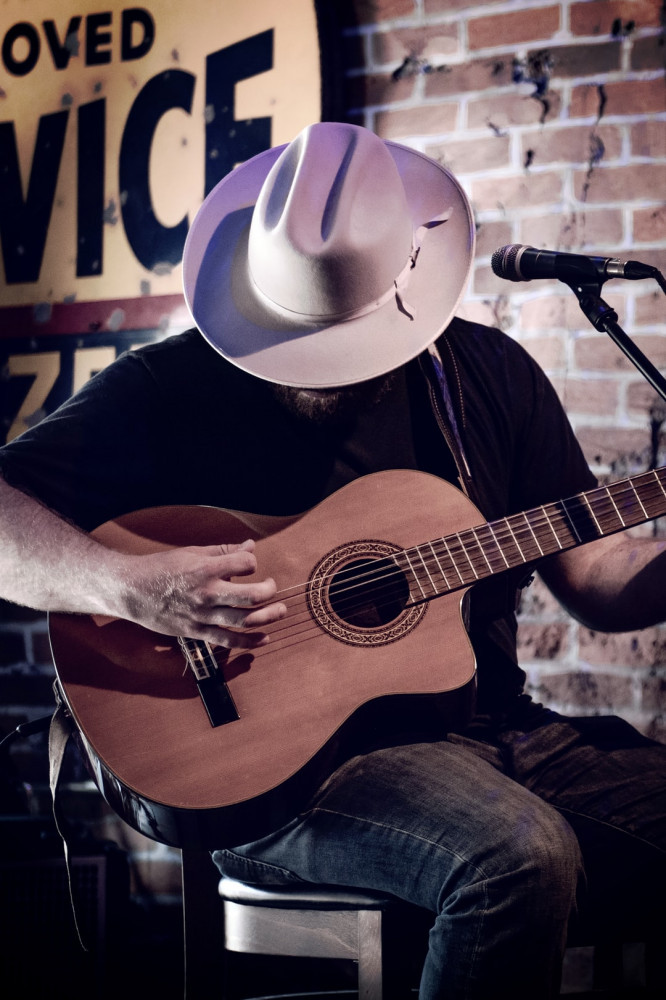

I tried to play the guitar some time ago, but of course I didn’t succed. He had a friend of mine who played at parties and house celebrations, birthdays and the like. I’ve always wanted to learn to play the electric guitar, maybe I’ll decide now. You have all the recommendations.
Awesome! Yes you should do it! Let me know if you need help! I give lessons online!
Wow, this is a great breakdown of how to learn to play the guitar step by step, I believe that learning to play the guitar is si great. My son also at one point was learning to play the guitar but then he stop and he was making so much good progress I believe a post like this can help him and persons like himself.
Awesome! That’s great that he tried to learn for awhile. It’s too bad he quit so soon. Please feel free to get ahold of me if either of you would like some lessons. I do them both virtually, and in person (Upstate NY).
I love the sound of the classical non electric guitar, and that would be my first choice. I love your detailed notes on how to hold a guitar and had no idea it was quite so precise. For this reason alone, I would rather pay somebody for my first few lessons so that I can get the basics without developing any bad habits before delving into an online course.
Sounds great! I give lessons both in person (Upstate NY), and virtually! Please let me know if your interested!
If the strings break, is there any way to replace them?
Do you need to have your fingers stretched in order to play the guitar since it is long?
This is such a great guide for those who want to learn to play the guitar. I’ve always wanted to learn to play but never knew where to start and didn’t want to ask my parents to pay for a private class or something. Playing the guitar is hard but when you start to get used to it, it gets easier to use and you get better playing at it.
I got an acoustic guitar for Christmas once and I was happy to have one, I tried youtube but that didn’t go to plan so I did;t invest my time to learn it and take it seriously enough. Since I found your guide I’m definitely going to go back at it and give it another shot, this guide is the perfect one for me and has pictures and steps that are easy.
I am definitely going to bookmark this site because it gives you a guide for free and has reliable information for guitars. This training it has on the post is very helpful and gave me the motivation to start playing the guitar again.
Awesome Caleb! If you ever need any help with learning how to play guitar, please let me know! I wish you all the best in your endeavors!